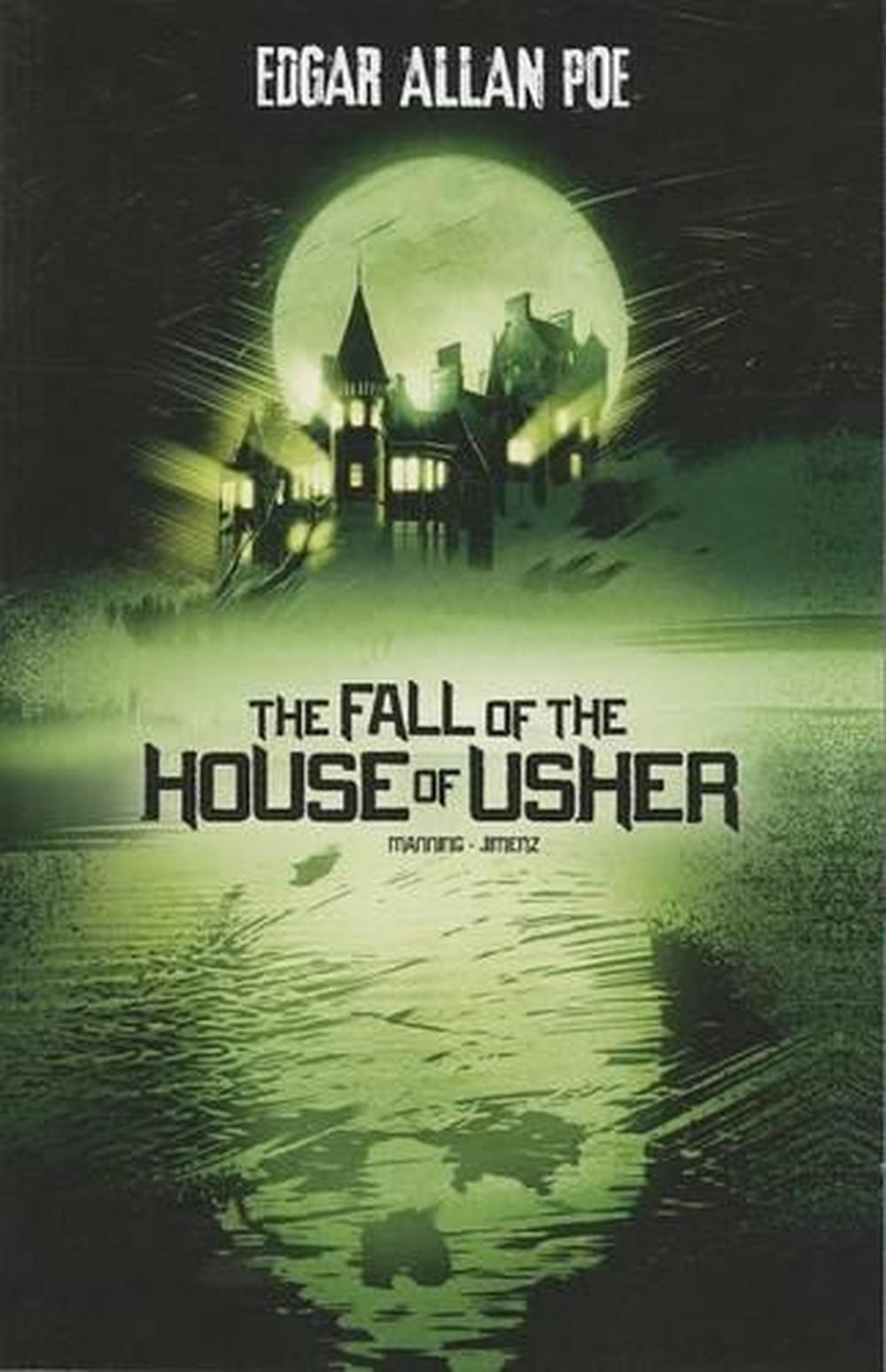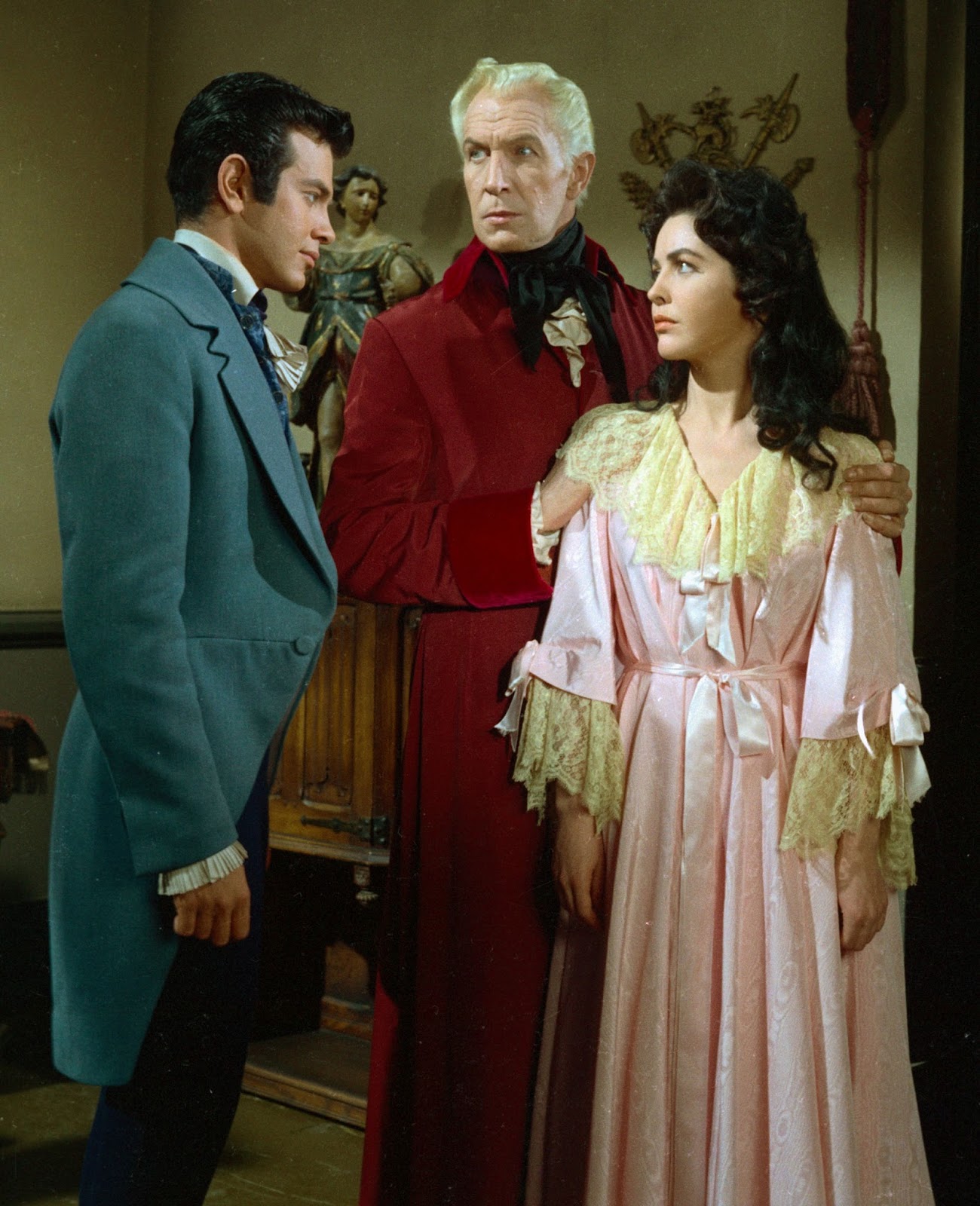The Fall of the House of Usher Summary, Characters, Themes, & Facts
Table Of Content

An interpretation which has more potential, then, is the idea that the ‘house of Usher’ is a symbol of the mind, and it is this analysis which has probably found the most favour with critics. Sigmund Freud would, over half a century after Poe was writing, do more than anyone else to delineate the structure of the conscious and unconscious mind, but he was not the first to suggest that our conscious minds might hide, or even repress, unconscious feelings, fears, neuroses, and desires. ‘The Fall of the House of Usher’ can also be analysed as a deeply telling autobiographical portrait, in which Roderick Usher represents, or reflects, Poe himself. After all, Roderick Usher is a poet and artist, well-read (witness the assortment of books which he and the narrator read together), sensitive and indeed overly sensitive (to every sound, taste, sight, touch, and so on). Many critics have interpreted the story as, in part, an autobiographical portrait of Poe himself, although we should be wary, perhaps, of speculating too much about any parallels. The secret that is buried and then comes to light (represented by Madeline) is never revealed.
'The Fall of the House of Usher': All the Edgar Allan Poe references - Entertainment Weekly News
'The Fall of the House of Usher': All the Edgar Allan Poe references.
Posted: Thu, 12 Oct 2023 07:00:00 GMT [source]
Most Read By Subscribers

At the end of the story, the House of Usher will literally fall into this tarn and be swallowed up by it. And even though Poe said in his critical theories that he shunned symbolism, he was not above using it if such symbolism contributed to his effect. Here, the effect is electric with mystery; he says twice that the windows of the house are "eyelike" and that the inside of the house has become a living "body" while the outside has become covered with moss and is decaying rapidly. Furthermore, the ultimate Fall of the House is caused by an almost invisible crack in the structure, but a crack which the narrator notices; symbolically, this is a key image. Also central to this story is that fact that Roderick and the Lady Madeline are twins. This suggests that when he buries her, he will widen the crack, or fissure, between them.
Roderick Usher
He turns back in time to see the Moon shining through the suddenly widened crack in the house. As he watches, the House of Usher splits in two and the fragments sink away into the lake. The narrator is impressed with Roderick's paintings and attempts to cheer him by reading with him and listening to his improvised musical compositions on the guitar. Roderick sings "The Haunted Palace", then tells the narrator that he believes the house he lives in to be alive, and that this sentience arises from the arrangement of the masonry and vegetation surrounding it.
'Fall of the House of Usher' Production Designer Reveals on-Set Details - Business Insider
'Fall of the House of Usher' Production Designer Reveals on-Set Details.
Posted: Wed, 08 Nov 2023 08:00:00 GMT [source]
What is The Fall of the House of Usher about?
Often he stops and stares vacantly into space as though he is listening to some faint sound; his terrified condition brings terror to the narrator. Then we read that on the night of the "seventh or eighth day" after the death of the Lady Madeline, the narrator begins to hear "certain low and indefinite sounds" which come from an undetermined source. As we will learn later, these sounds are coming from the buried Lady Madeline, and these are the sounds that Roderick Usher has been hearing for days. Because of his over-sensitiveness and because of the extra-sensory relationship between him and his twin sister, Roderick has been able to hear sounds long before the narrator is able to hear them.
The House of Usher
Poe condenses these into a short story and plays around with them, locating new psychological depths within these features. Whether the reader is trapped by the house or by its inhabitants is unclear. Poe uses the term house to describe both the physical structure and the family. On the one hand, the house itself appears to be actually sentient, just as Roderick claims. Its windows are described as “eye-like,” and its interior is compared to a living body.
The narrator tells Roderick that the gas is a natural phenomenon, not altogether uncommon. “The Fall of the House of Usher” updates the work of Edgar Allan Poe for the era of Big Pharma, turning his most famous tales into a sprawling story of the decline of a wealthy American family. It’s “Succession” meets The Tell-Tale Heart, a story of vengeance, power, betrayal, and bloody parts. The first five paragraphs of the story are devoted to creating a gothic mood — that is, the ancient decaying castle is eerie and moldy and the surrounding moat seems stagnant. Immediately Poe entraps us; we have a sense of being confined within the boundaries of the House of Usher.

We replaced and screwed down the lid, and, having secured the door of iron, made our way, with toil, into the scarcely less gloomy apartments of the upper portion of the house. Our glances, however, rested not long upon the dead—for we could not regard her unawed. For some of the widely differing interpretations, the reader should consult the volume Twentieth-Century Interpretations of Poe's "Fall of the House of Usher." One key to the story is, of course, the name of the main character.
She believes she can steer the company away from addictive drugs and into the realm of artificial intelligence and virtual immortality. However, Madeline is tormented by the death of her sister Tamerlane and her encounter with Verna.Madeline attempts to amend her agreement with Verna and even tries to kill her, but Verna proves to be indestructible. They discuss a mysterious contract that can only be fulfilled through death. Madeline convinces Roderick that the only way to fulfill the contract is for him to kill himself with a Ligodone overdose. However, as Madeline leaves, Verna awakens Roderick, preventing his escape from his fate.Meanwhile, Frederick, eager to become CEO, decides to proceed with demolishing the lab where Prospero held his party.
A valet, of stealthy step, thence conducted me, in silence, through many dark and intricate passages in my progress to the studio of his master. The overarching narrative of The Fall of the House of Usher loosely follows Poe's 1839 short story of the same name, with Roderick recounting his decades-spanning tale to Auggie inside his decrepit childhood home. Throughout the evening, Roderick is tortured by visions of his dead children—who appear to him as he relays the gruesome ways in which each of them met their end—while banging sounds that he says are coming from his twin sister, Fortunato COO Madeline Usher (Mary McDonnell), can be heard emanating from the home's basement. When the narrator sees Roderick Usher, he is shocked at the change in his old friend. Never before has he seen a person who looks so much like a corpse with a "cadaverousness of complexion." Death is in the air; the first meeting prepares us for the untimely and ghastly death of Roderick Usher later in the story.
Our books — the books which, for years, had formed no small portion of the mental existence of the invalid — were, as might be supposed, in strict keeping with this character of phantasm. We pored together over such works as the Ververt et Chartreuse of Gresset; the Belphegor of Machiavelli; the Heaven and Hell of Swedenborg; the Subterranean Voyage of Nicholas Klimm by Holberg; the Chiromancy of Robert Flud, of Jean D’Indaginé, and of De la Chambre; the Journey into the Blue Distance of Tieck; and the City of the Sun of Campanella. One favorite volume was a small octavo edition of the Directorium Inquisitorium , by the Dominican Eymeric de Gironne; and there were passages in Pomponius Mela, about the old African Satyrs and œgipans, over which Usher would sit dreaming for hours. His chief delight, however, was found in the perusal of an exceedingly rare and curious book in quarto Gothic — the manual of a forgotten church — the Vigiliae Mortuorum secundum Chorum Ecclesiae Maguntinae. And all with pearl and ruby glowingWas the fair palace door,Through which came flowing, flowing, flowing,And sparkling evermore,A troop of Echoes whose sweet dutyWas but to sing,In voices of surpassing beauty,The wit and wisdom of their king. In the greenest of our valleys,By good angels tenanted,Once a fair and stately palace —Radiant palace — reared its head.In the monarch Thought’s dominion —It stood there!
The symbol which represents the secret – Madeline herself – is hidden away by Roderick, but that symbol returns, coming to light at the end of the story and (in good Gothic fashion) destroying the family for good. In a shocking development, Madeline breaks out of her coffin and enters the room, and Roderick confesses that he buried her alive. Madeline attacks her brother and kills both him and herself in the struggle, and the narrator flees the house. It is a stormy night, and as he leaves he sees the house fall down, collapsing into the lake which reflects the house’s image. Contemporary readers and critics interpreted the story as a somewhat sensationalized account of Poe’s supposed madness.
The Fall of the House of Usher is inspired by Edgar Allan Poe’s 1839 short story of the same name, which is strictly fiction – although there have been numerous interpretations of where Poe sought inspiration for his stories. The Fall of the House of Usher is an interpretation of classic writer Edgar Allan Poe’s 1839 short story of the same name, and includes other references to Poe’s macabre tales. In 1979, Italian state channel RAI loosely adapted the short story, together with other Poe's works, in the series I racconti fantastici di Edgar Allan Poe.[33] It was directed by Daniele D'Anza, with Roderick Usher played by Philippe Leroy; music was composed by pop band Pooh. Roderick and Madeline are twins and the two share an incommunicable connection that critics conclude may be either incestuous or metaphysical,[7] as two individuals in an extra-sensory relationship embodying a single entity.
The story opens on a “dull, dark, and soundless day” in a “singularly dreary tract of country.” As the narrator notes, it is autumn, the time of year when life begins to give way to old age and death. A mere glimpse of the Usher mansion inspires in the narrator “an iciness, a sinking, a sickening of the heart.” Upon entering the house, the reader as the narrator navigates through a series of dark passages lined with carvings, tapestries, and armorial trophies. Poe draws heavily on Gothic conventions, using omens and portents, heavy storms, hidden passageways, and shadows to set the reader on edge. It was, especially, upon retiring to bed late in the night of the seventh or eighth day after the placing of the lady Madeline within the donjon, that I experienced the full power of such feelings. I endeavored to believe that much, if not all of what I felt, was due to the bewildering influence of the gloomy furniture of the room — of the dark and tattered draperies, which, tortured into motion by the breath of a rising tempest, swayed fitfully to and fro upon the walls, and rustled uneasily about the decorations of the bed. An irrepressible tremor gradually pervaded my frame; and, at length, there sat upon my very heart an incubus of utterly causeless alarm.
Comments
Post a Comment